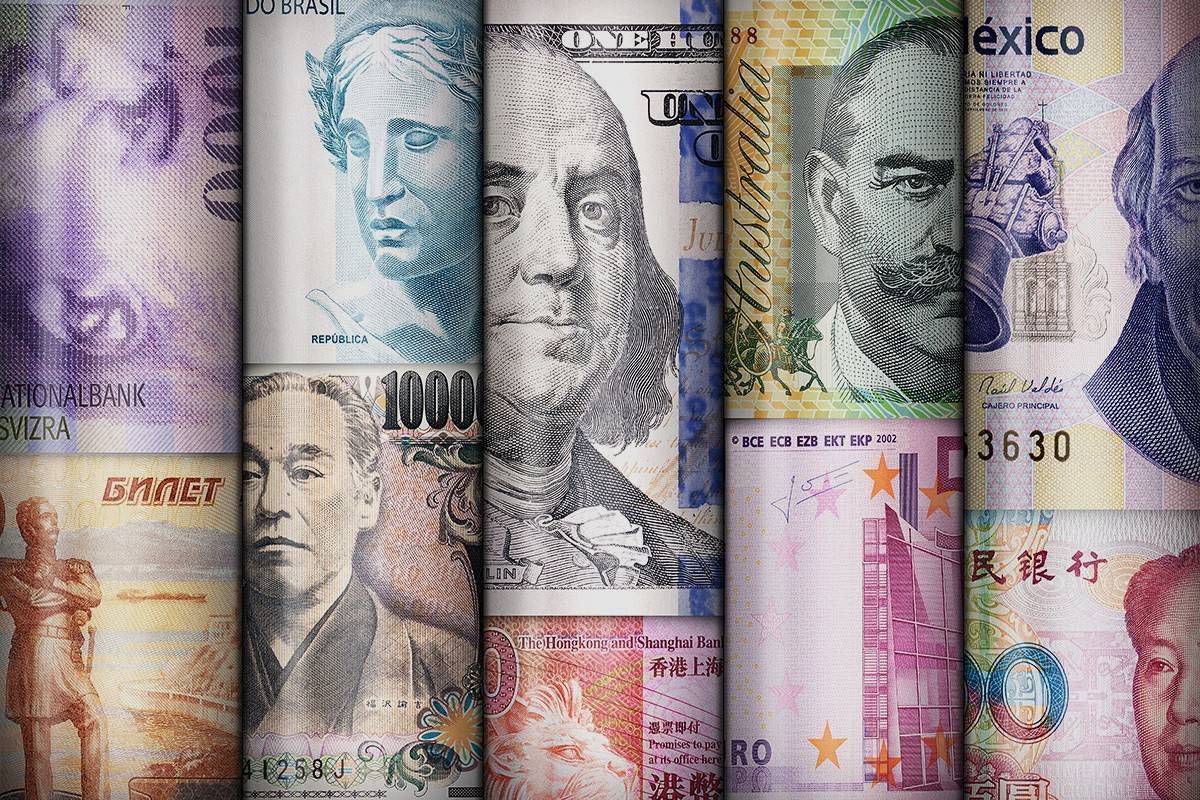
Currency is more than just paper and coins; it's a fascinating part of our daily lives. Ever wondered why some bills have specific colors or why certain coins are so rare? Money has a rich history filled with intriguing facts that might surprise you. From the world's oldest currency to the most valuable coin ever sold, there's a lot to learn. Did you know that some countries use plastic money instead of paper? Or that ancient civilizations used items like shells and stones as currency? Buckle up as we dive into 26 mind-blowing facts about currency that will change how you see your wallet forever!
The Origins of Currency
Currency has a rich history that dates back thousands of years. Here are some fascinating facts about its origins.
-
The first known currency was created by the Lydians in 600 BC. They used coins made from a mixture of gold and silver called electrum.
-
Before coins, people used barter systems. Goods like livestock, grains, and shells were exchanged for other items.
-
The Chinese were the first to use paper money around 700 AD. This innovation made trade easier and more efficient.
-
Ancient Egyptians used rings made of precious metals as a form of currency. These rings were called "shat."
-
The Roman Empire standardized currency by minting coins with the emperor's image. This helped unify the vast empire economically.
Unique Forms of Currency
Throughout history, various cultures have used unique items as currency. Here are some of the most interesting examples.
-
In the Solomon Islands, people used large stone discs called Rai stones. These stones could be as large as 12 feet in diameter.
-
Native Americans used wampum, beads made from shells, as a form of currency. Wampum was also used in ceremonial gifts and treaties.
-
The Aztecs used cacao beans as money. These beans were so valuable that they were often counterfeited.
-
In ancient Japan, rice was used as currency. The value of rice was measured in koku, which was enough rice to feed one person for a year.
-
During the Great Depression, some American towns issued their own currency called "scrip" to keep local economies afloat.
Modern Currency Innovations
Modern times have brought about significant changes and innovations in currency. Here are some key facts.
-
The first credit card was introduced by Diners Club in 1950. It was initially used for dining and entertainment expenses.
-
Bitcoin, the first decentralized cryptocurrency, was created in 2009 by an unknown person or group using the name Satoshi Nakamoto.
-
Contactless payment technology, like Apple Pay and Google Wallet, allows users to make payments with just a tap of their phone.
-
The Euro, introduced in 1999, is used by 19 of the 27 European Union countries. It is the second most traded currency in the world.
-
In 2016, India demonetized its 500 and 1,000 rupee notes to combat black money and counterfeit currency.
Currency and Culture
Currency often reflects the culture and values of a society. Here are some intriguing cultural connections.
-
The U.S. dollar bill features the phrase "In God We Trust," which was added during the Cold War to distinguish the U.S. from atheist communist countries.
-
Canadian currency includes Braille-like features to help the visually impaired identify denominations.
-
The Swiss Franc is known for its colorful and artistic designs, featuring famous Swiss personalities and landmarks.
-
In Australia, the currency is made from polymer, making it more durable and harder to counterfeit.
-
The Japanese Yen features images of cherry blossoms and Mount Fuji, reflecting Japan's natural beauty and cultural heritage.
Fun Facts About Currency
Currency can be quirky and fun. Here are some light-hearted facts to enjoy.
-
The largest banknote ever issued was the 100 trillion Zimbabwean dollar note, printed in 2008 during a period of hyperinflation.
-
The U.S. Bureau of Engraving and Printing produces about 38 million notes a day, worth approximately $541 million.
-
The term "buck" for a dollar comes from the early American practice of trading deer skins, or buckskins.
-
The portrait on the U.S. $100 bill is Benjamin Franklin, who was never a president. He was chosen for his contributions to American history.
-
Monopoly, the popular board game, has its own currency. If all the Monopoly money ever printed were real, it would be worth more than the actual money in circulation worldwide.
-
The world's smallest coin is the quarter-franc coin from Switzerland, measuring just 14.9 millimeters in diameter.
Money's Fascinating Journey
Currency has a rich history filled with surprising twists. From ancient bartering systems to today's digital transactions, money's evolution reflects human ingenuity. Coins and bills tell stories of empires, revolutions, and cultural shifts. Did you know the first paper money appeared in China during the Tang Dynasty? Or that salt was once as valuable as gold?
Understanding currency helps us appreciate its role in shaping societies. It's not just about buying things; it's about trust, power, and connection. Next time you hold a coin or swipe a card, think about the journey that brought us here. Money isn't just a tool; it's a testament to human progress.
Stay curious, and keep exploring the world of currency. There's always more to learn, and who knows what the future holds for the money in our pockets?
Was this page helpful?
Our commitment to delivering trustworthy and engaging content is at the heart of what we do. Each fact on our site is contributed by real users like you, bringing a wealth of diverse insights and information. To ensure the highest standards of accuracy and reliability, our dedicated editors meticulously review each submission. This process guarantees that the facts we share are not only fascinating but also credible. Trust in our commitment to quality and authenticity as you explore and learn with us.
